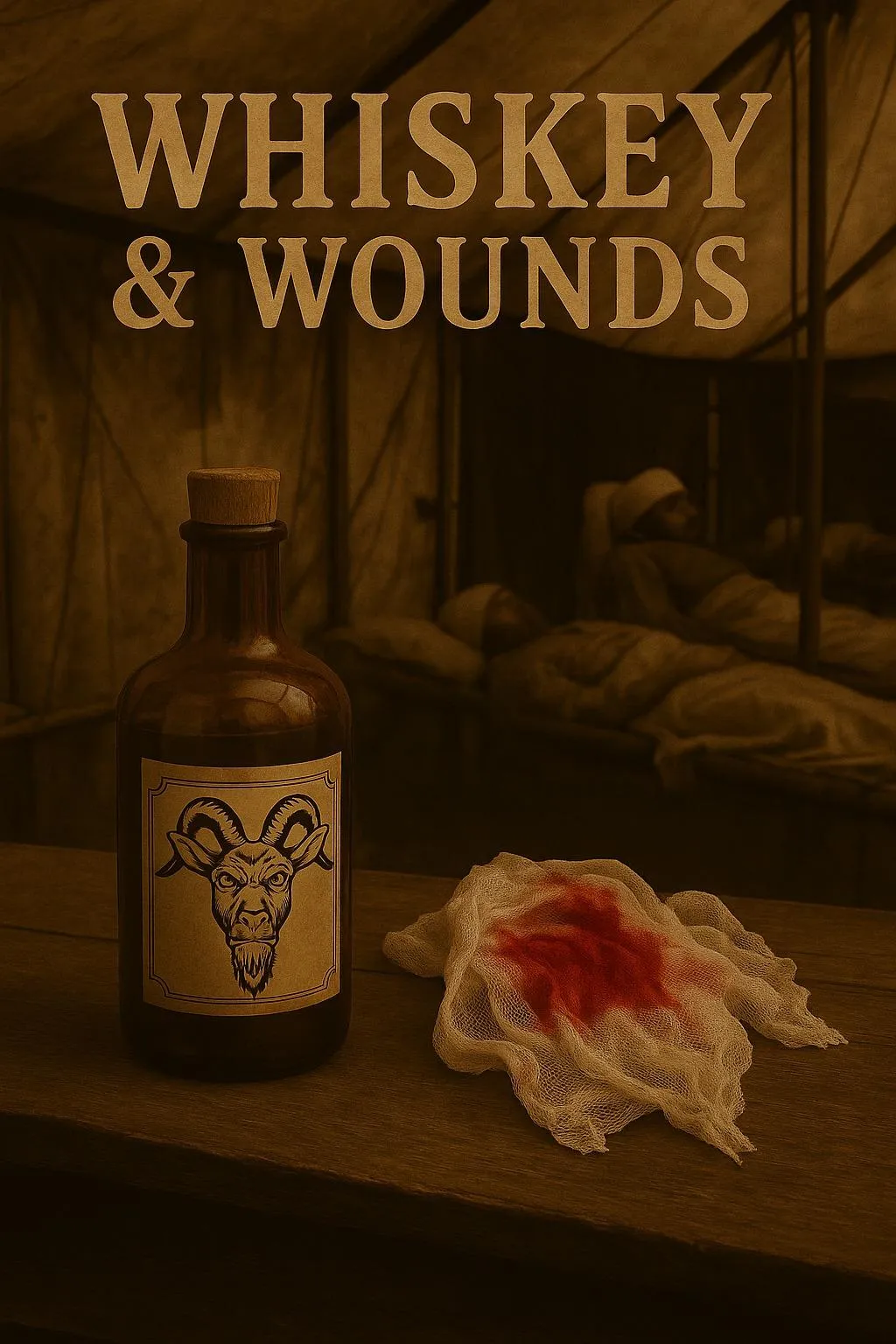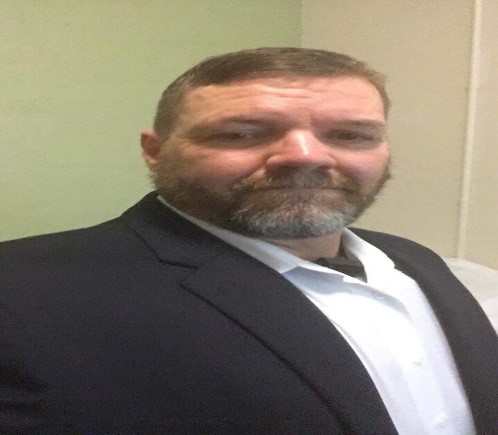
Active Shooter Limitations – The Case for a Unified Tactical-Medical Response
Introduction: The Tactical Evolution Left Trauma Care Behind
In the wake of high-casualty active shooter incidents across the United States, law enforcement has undergone a necessary tactical evolution. The days of setting perimeters and waiting for specialized SWAT teams are largely gone. Today, patrol officers are trained to enter and engage the threat immediately—to stop the killing as quickly as possible. This tactical shift has undoubtedly saved lives. However, while law enforcement evolved, EMS and fire response models have largely remained stagnant, bound by legacy doctrines that restrict entry into anything other than fully secured environments, or Cold Zones.
The result? A persistent, dangerous, and often fatal delay in trauma care delivery. This growing tactical-medical gap represents one of the most significant limitations in modern active shooter response. Victims lie bleeding in classrooms, office buildings, or public venues—while medical aid waits, staged far away, until someone gives the all-clear. But in a mass casualty incident, the luxury of time doesn’t exist. The formation and deployment of Medical Rescue Teams (MRTs) into the Warm Zone—and eventually to the edge of the Hot Zone—represents the doctrinal shift we need.
It’s not enough to stop the killing. We must also stop the dying. And we must do it simultaneously.
The Current Model: Speed Kills and So Does Delay
The standard model of care during an active shooter incident divides the response into zones:
Hot Zone: Where the active threat is ongoing.
Warm Zone: Adjacent areas where the threat has been partially neutralized or reduced.
Cold Zone: Declared fully secure, traditionally considered the only acceptable area for EMS/fire operations.
In this model, law enforcement makes direct entry into the Hot Zone to eliminate the threat, often within minutes. But EMS and fire personnel are held back, staged in the Cold Zone or sometimes just outside the perimeter. Their protocols demand full scene security before entry. This leaves a vacuum between tactical entry and trauma care—a vacuum measured not just in minutes, but in lives lost.
The average time to completely secure a dynamic, complex structure like a school or office building may exceed 30–45 minutes. For casualties with hemorrhage, airway compromise, or penetrating trauma, that’s 25–35 minutes too long.
Tactical Progress Without Medical Synchronization
Over the last decade, law enforcement has adopted aggressive, immediate engagement strategies for active shooter scenarios. Officers now receive training to move quickly through hallways, isolate threats, and neutralize attackers using team-based tactics. They are also increasingly equipped with medical gear, including tourniquets and chest seals.
However, the training to apply trauma care is still limited and inconsistent. Officers are not paramedics. Their primary mission remains the same—stop the killing. In the chaos of a high-threat environment, they cannot and should not be responsible for comprehensive medical care.
The failure lies not in law enforcement’s approach, but in the failure to synchronize tactical and medical operations. EMS and fire teams have not been brought forward to meet the evolving tactical environment. Instead, they remain tied to Cold Zone operations and risk-averse doctrine that deprioritizes speed and integration.
The MRT Concept: Closing the Tactical-Medical Gap
Medical Rescue Teams (MRTs) are the solution to this persistent delay. These are specially trained EMS and fire personnel who are prepared to enter the Hot and Warm Zone in coordination with law enforcement. Equipped with ballistic protection, tactical movement training, and advanced trauma care skills, MRTs serve as the essential bridge between direct threat engagement and definitive medical intervention.
This is not simply about moving medics closer to the front—it’s about fundamentally changing how we approach the initial phases of active shooter response. MRTs are staged with law enforcement command units, briefed in real time, and deployed when areas are sufficiently stabilized. In many cases, this allows MRTs to begin providing care up to 30 minutes faster than traditional delayed-entry protocols.
That 30-minute gain can means the difference between multiple preventable deaths and multiple lives saved.
Risk vs. Reward: Rethinking the Safety Doctrine
Opponents of MRT deployment into Hot or Warm Zones often cite risk to personnel as the primary concern. No responder wants to put EMS or fire personnel in harm’s way unnecessarily. But this argument fails to account for the risk already accepted by victims who are dying without care.
MRTs are not blindly sent into volatile environments. Their movement is calculated, protected, and coordinated. They do not go into the Hot Zone alone, nor do they act as assault teams. Instead, they deploy alongside a security element of law enforcement as those teams move through the structure, creating CCPs, identifying casualties, and providing point of injury care.
The reality is that no response model can eliminate all risk. But with appropriate training, ballistic PPE, defined protocols, and a unified command structure, risk can be mitigated—and lives can be saved.
Dividing the Mission: Stop the Killing, Stop the Dying
One of the core principles driving this shift is the simultaneous execution of two distinct yet equally important missions:
Stop the Killing: Law enforcement identifies, isolates, and neutralizes the threat.
Stop the Dying: MRTs deploy to provide life-saving interventions as soon as it is tactically feasible.
These two missions must operate concurrently—not sequentially. When medical aid is delayed until the final room is cleared and the last door breached, patients die waiting. MRTs break this cycle by bringing point-of-injury care into the operational tempo of law enforcement’s engagement strategy.
This is not a theoretical idea—it is operationally proven in combat, disaster response, and now, increasingly, in progressive domestic models of tactical EMS. The evidence is clear: rapid trauma care saves lives. MRTs are the vehicle to deliver it.
The Doctrine Shift: Integration Over Isolation
Integrating MRTs into law enforcement operations requires more than good intentions. It demands a formal doctrine shift at every level—agency policy, training protocols, inter-agency memoranda, and real-time operations.
This shift includes:
Joint training exercises to simulate Hot and Warm Zone entries and care delivery.
Clear SOPs outlining when and how MRTs deploy.
Shared communications systems so all teams can coordinate in real time.
Command integration, with EMS leadership embedded in Unified Command during critical incidents.
Personal protective equipment (PPE) standards for MRTs, including helmets, vests, and trauma kits.
The transition from exclusion to integration will not be easy—but it is necessary. Agencies must invest time and resources in training their personnel for these roles. Tactical EMS cannot remain a niche capability reserved for rare scenarios. It must become a core part of active shooter response.
Real-World Implications: A Faster Path to Survival
Let’s put this into perspective. Imagine a school shooting where eight students are injured in the first two minutes. Law enforcement arrives within five minutes, makes entry, and contains the shooter in 10. Under legacy models, EMS waits another 20-30 minutes before entering. By then, some victims may have already succumbed to survivable injuries.
Now imagine an MRT staging in the Warm Zone at the tactical command post, and deploying at minute 10, entering the Hot Zone with law enforcement support, reaching patients at minute 12, applying tourniquets, opening airways, packaging for evacuation. By minute 30, those patients are in being prep for transport—alive.
The difference isn’t theoretical. It’s operational. And it’s measurable in human lives.
Conclusion: It’s Time to Synchronize
The tactical side of active shooter response has evolved rapidly. Law enforcement now trains for immediate entry and direct engagement. But the medical side remains stuck in the past, constrained by Cold Zone limitations, outdated protocols, and a culture of delayed access.
To close this deadly gap, we must embrace a unified tactical-medical model. MRTs must be positioned, trained, and deployed with law enforcement to deliver care in the Hot and Warm Zone and, when needed, in the Hot Zone. This integration will reduce care delays by up to 30 minutes—giving countless victims a chance to survive injuries that were previously fatal due to time loss.
The next step is clear: synchronize the medical response with tactical operations. The future of active shooter response depends on it.
